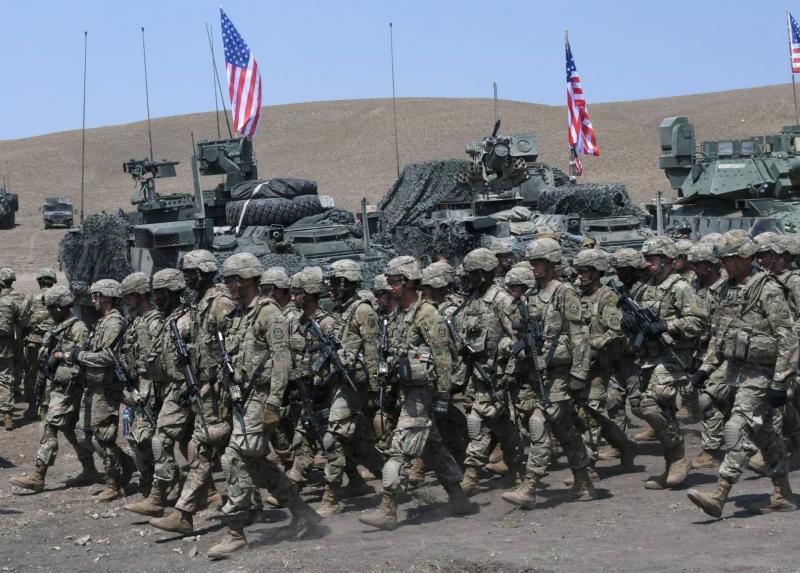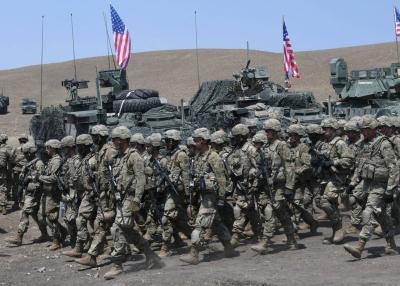The Third Marine Littoral Regiment is a new formation within the U.S. Marine Corps reflecting the latest concept of the U.S. military for combating adversaries like China in strategically isolated islands in the western Pacific.
These units are designed to be smaller, lighter, more mobile, and more lethal, according to their leaders, as reported by the Washington Post. After 20 years of ground combat in the Middle East, the Marines are striving to adapt to maritime warfare that could extend across thousands of miles of islands and coastlines in Asia. Simultaneously, these new regiments are viewed as part of a broader strategy to synchronize the operations of U.S. soldiers, sailors, Marines, and airmen, and therefore with the armies of allies and partners in the Pacific.
**Logistical Challenges**
Their focus is on a critical stretch of territory extending from Japan to Indonesia, known as the First Island Chain. China views this area, which encompasses approximately half the area of the contiguous United States, as within its sphere of influence. Analysts have stated that while the overarching strategy is promising, it faces significant obstacles, particularly if war breaks out, such as logistical challenges in an expansive maritime area, timely delivery of new equipment and technologies complicated by budget battles in Congress. Additionally, there is uncertainty regarding whether regional partners like Japan will allow U.S. forces to fight from their islands. That latter piece is crucial.
While Beijing perceives the U.S. strategy to deepen security alliances in the Pacific region as provocative, this raises concerns among some officials in partner nations who fear being dragged into a conflict between the powers.
**Vision and Challenge**
The U.S. Marine Corps has a response plan and a vision called Force Design, which emphasizes forward deployment of Marines and positioning units on the frontline while making them as invisible as possible to radar and other electronic detection systems. The idea also involves using these "reserve" forces, numbering in the thousands, in the theater of operations simultaneously to enable a larger joint force to project its collective power against a major adversary.
The aim is for the new formation to be the first on the ground in any conflict, capable of gathering intelligence to send coordinates to a B-1 bomber to strike a Chinese frigate hundreds of miles away, or to relay targeting data to its Philippine counterpart capable of directing a cruise missile at a destroyer in the contested South China Sea.
**Chinese Challenge**
It is noted that Beijing's significant military modernization and investments over the past two decades pose a challenge to U.S. capabilities to dominate the seas and skies in any conflict in the western Pacific. China has greatly expanded its influence in the Pacific, building artificial islands for military sites in the South China Sea and seeking to expand its bases across the Indian and Pacific Oceans, including a naval facility in Cambodia that U.S. intelligence indicates is for exclusive use by the Chinese People's Liberation Army.




